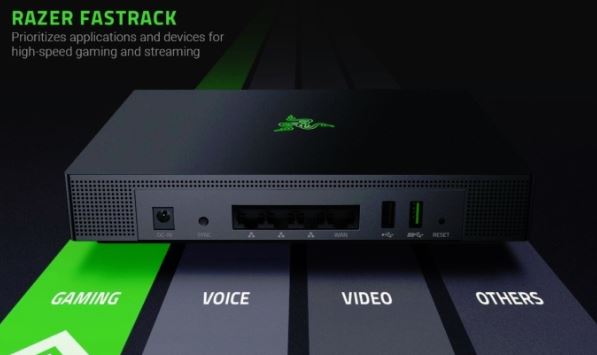
How routers and other devices affect internet speed
How routers and other devices affect internet speed

Routers can affect internet speed and are responsible for processing and managing every device on your home network. A quality, new router can help maximize your internet speed, while an older one can slow down your connection. However, keep in mind your internet speed will only be as fast as the plan you pay for, regardless of the type of router you have. For example, if you’re paying for 300 Mbps, that’s as fast as you’ll get unless you upgrade your internet plan.
Think of your router as a traffic cop dedicated to routing network traffic. If your bandwidth is overloaded with multiple devices or it’s congested during internet rush hour, the connection can slow to a crawl. Likewise, if your router is older and outdated, it can bottleneck your connections. Internet speed can also be slowed down if your router is placed too far away from your devices.
If your router isn’t capable of reaching the speeds on your plan, you should upgrade your router. Otherwise, you’ll end up paying for faster speeds that you’re not using. Since internet technology is constantly evolving, older routers tend to have lower speed limitations. For example, an internet plan that offers 500 Mbps on a N300 router, will automatically lose 200Mbps of bandwidth. However, devices connected with an ethernet cable will still benefit from the speeds offered on your plan. Upgrading your router can increase your internet speed.
Do modems affect internet speed?
The same concept of the router applies to a modem – low-tier or older modems will have speed limitations. Older or outdated modems may not be capable of supporting the speeds offered on your internet plan.
A speed test can help determine whether your modem is what’s causing your connection to slow down. If the results show it’s time for an upgrade, contact your internet service provider to get a list of compatible options for your plan.
If your modem and router are up to date but you still aren’t seeing the speeds, your wireless devices may be the issue. Just like your router and modem, every wireless device has a different limit of how much speed it can support. If you have a smartphone or laptop that supports wifi 5, but you’ve upgraded your router to wifi 6 technology, you won’t be seeing the speed increase on those devices.
Do wifi boosters affect internet speed?
Wifi extenders connect via an ethernet cable, or the coaxial cable used for your cable TV and internet. Since the wifi extender is connected directly to your network, speed isn’t impacted due to outside interference. Other devices on your network and thick walls won’t slow down your connection on devices using an ethernet cable.

It’s also possible for older devices to consume large amounts of bandwidth and slow down the connection for the rest of your household. Older computers and mobile devices could be slowing down your connection and causing your other devices to lag. Update your devices to help get the speeds you signed up for.











